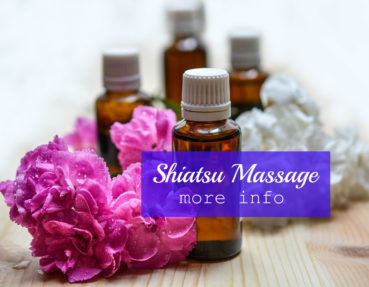As I mentioned the last post one of the easiest types of meditation to start with is probably the breath awareness method. It’s simple, non-religious, since we all breathe and the breath is always there so. This is sometimes called anapanasati and was taught by the Buddha in the early scriptures, which are preserved in Pali language and translated into Sanksrit as well. A benefit of this type of meditation* is that it deepens concentration as the attempt is to keep the mind on one thing. In this case the breath is the “object.” It is a particularly good if one is suffering from anxiety or worry in my experience, as the mind is brought back over and over to the object. (Metta meditation would also be good for anxiety/worry) This type of meditation has similarities to other types of meditation that involve focus or concentration. For example mantra meditation, or yantra meditation. Those types have other aspects but they involve bringing the mind back over and over too.
Also be aware this article is not about pranayama in the yoga tradition, where we alter the breath and use ratios or holding of breath.
*See Dr. Jon Kabat-Zin’s books (below) for info on scientific studies of the benefits of mindfulness meditation (which is related to breath awareness meditation.) Here is link to a twelve minute Youtube video of him talking about meditation at Google.
Once sitting. The key words are alert yet relaxed. So feel your whole body first, you might want to shrug your shoulders a few times up tense them and drop them quickly and relaxed. Your hands can rest in your lap comfortably. Some schools give exact position of hands but its not crucial especially if you are just starting.
Don’t be discouraged
- Length of Practice: I would recommend sitting for ten minutes as a start. Work your way up to 20 minutes over a few weeks if you feel pretty comfortable.
- Frequency: Aim for 3x a week at first. Go to daily if that feels good. Otherwise stay at the lower # of minutes and frequency.
- Decide in advance of the time. And set a timer (one that is not too harsh sounding.) If you have no fancy timer then use your clock radio set to a classical or easy listening station.
- Time of day: Morning is best as close to waking up as possible but before eating. Also evening is good a few hours after dinner. Problem with night is you might be too tired to concentrate…So hmmmm. Experiment.
RESOURCES:
(FREE)Mindfulness of Breathing by Guy Armstrong 52:15
(FREE) The Four Noble Truths And Breath Awareness 48:34
Guided Deep Relaxation- get to sleep faster, release stress after a day’s work with this guided deep relaxation! Simply listen as you are skillfully guided by Kala, an experienced yoga teacher, deep inside to a place of peace Learn how to release muscular tension, unwinding your body. Helpful for those who have trouble falling asleep as well as those dealing with symptoms of stress. Subtle flute and piano accompaniment. MP3 format. 23 min. in length. $9. Delivered immediately via download.  Via Paypal or use credit card on their secure site.
Via Paypal or use credit card on their secure site.
Intuitive Consultations by phone/Yoga of Manifestation/Shiatsu Listen to My Podcast @ ITunes!
Guided Deep Relaxation- get to sleep faster, release stress after a day’s work with this guided deep relaxation! Simply listen as you are skillfully guided by Kala, an experienced yoga teacher, deep inside to a place of peace Learn how to release muscular tension, unwinding your body. Helpful for those who have trouble falling asleep as well as those dealing with symptoms of stress. Subtle flute and piano accompaniment. MP3 format. 23 min. in length. $9. Delivered immediately via download.  Via Paypal or use credit card on their secure site.
Via Paypal or use credit card on their secure site.
Intuitive Consultations/Yoga of Manifestation/Shiatsu Listen to My Podcast @ ITunes!

